What was the most eye-catching highlight at this year's Nanjing Exhibition? Was it the industry changes brought by the new national standards? The tech boom led by smart trends? Breakthroughs in lithium and sodium battery technology? Or the huge potential of international expansion?
After walking through the entire exhibition, I have to say, those might just be buzzwords. The real concern is crystal clear: price wars!
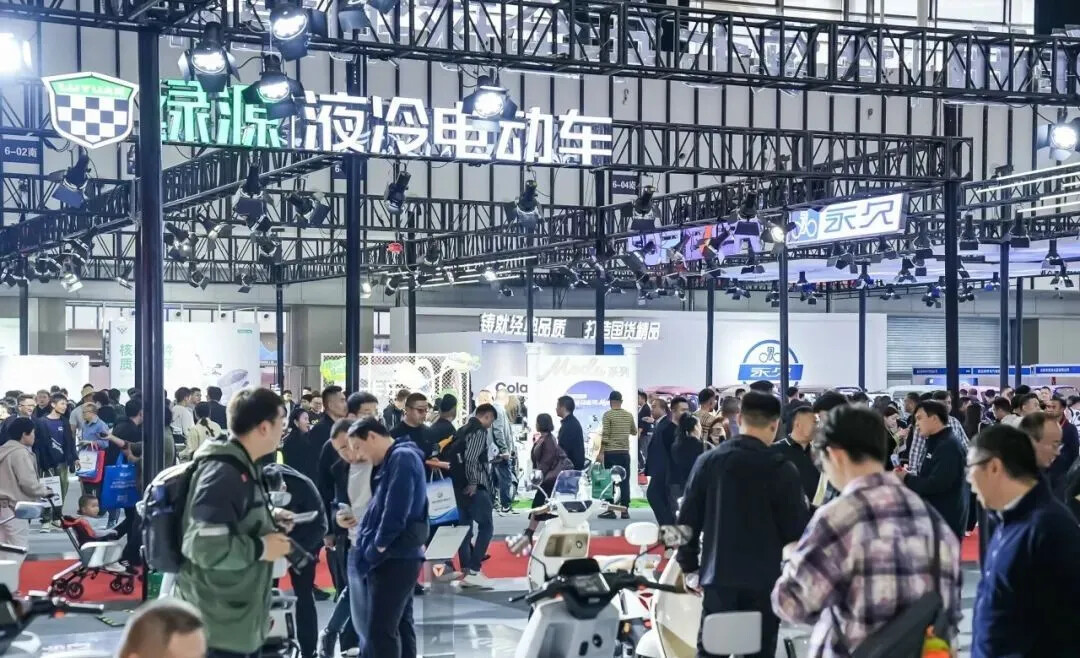
Price Wars Leave No Winners in "Suicidal Marketing"
It's no secret that the electric two-wheeler and three-wheeler markets have fallen into an intense price war this year. The same trend is evident at the exhibition: electric bikes priced as low as RMB 399, electric mopeds at just RMB 799, and electric tricycles going for only RMB 1,499.
This isn't just fierce competition anymore, it's a form of near-suicidal marketing, pushing prices to the extreme in a desperate attempt to survive.
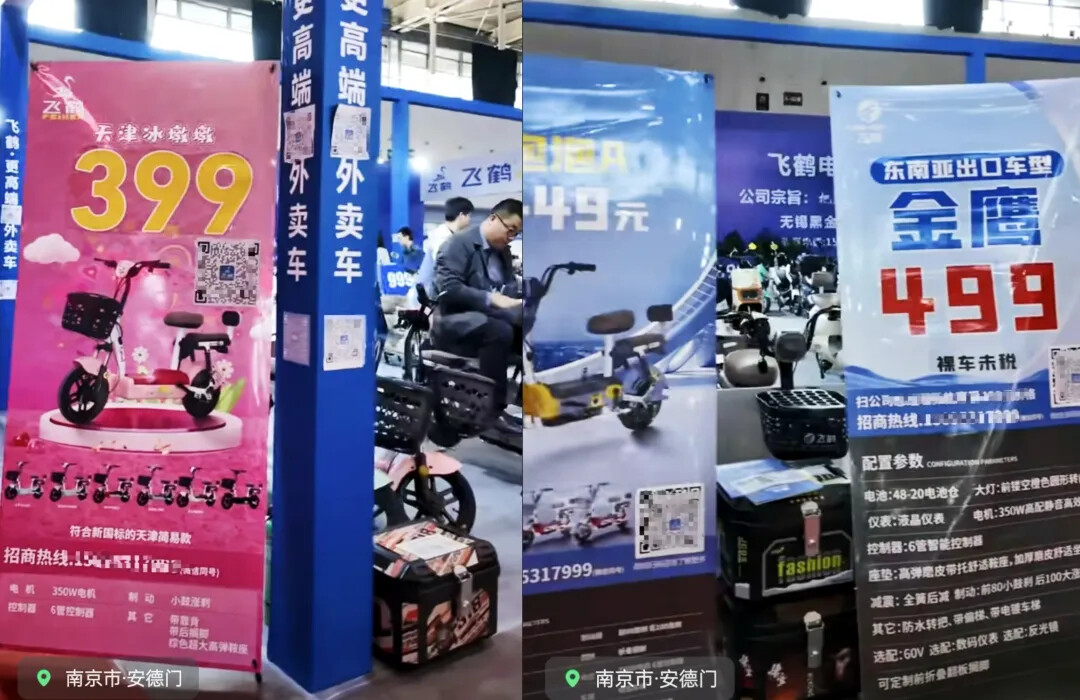
What's the Cost of Gaining Market Share Through Low Prices?
It comes at the expense of drastically reduced profit margins, or even losses, with the risk of a broken cash flow looming overhead.
It leads to compromised product and service quality, ultimately damaging brand reputation to a point where recovery becomes extremely difficult.
It stifles innovation, trapping enterprises in the low-end market as slaves to pricing battles.
It disrupts market order, turning the industry into a battlefield of mutual destruction, hurting competitors while inflicting equal damage upon oneself. In the end, there are no real winners, and the entire industry must bear the burden of such short-sighted tactics.
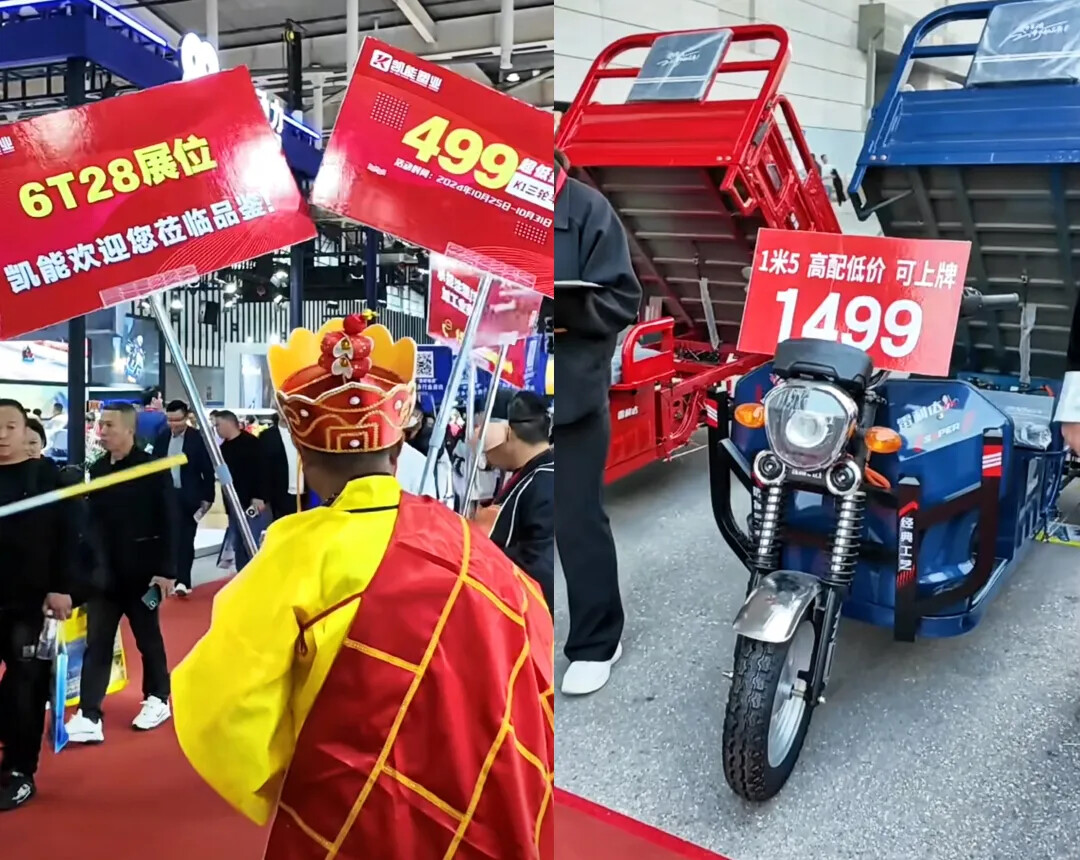
The brink of a cash flow crisis is often the prelude to business closure. The inability to maintain profitability is the beginning of bankruptcy. So, we must ask, are these manufacturers offering electric bikes for 399 or 499 RMB simply clearing obsolete inventory? Or are they planning to vanish with the money?
Such pricing strategies are no different from drinking poison to quench thirst. They erode the foundation of a business, exacerbate the vicious cycle of price wars, and plunge the entire industry into a crisis. When the nest is overturned, how can any eggs remain intact?
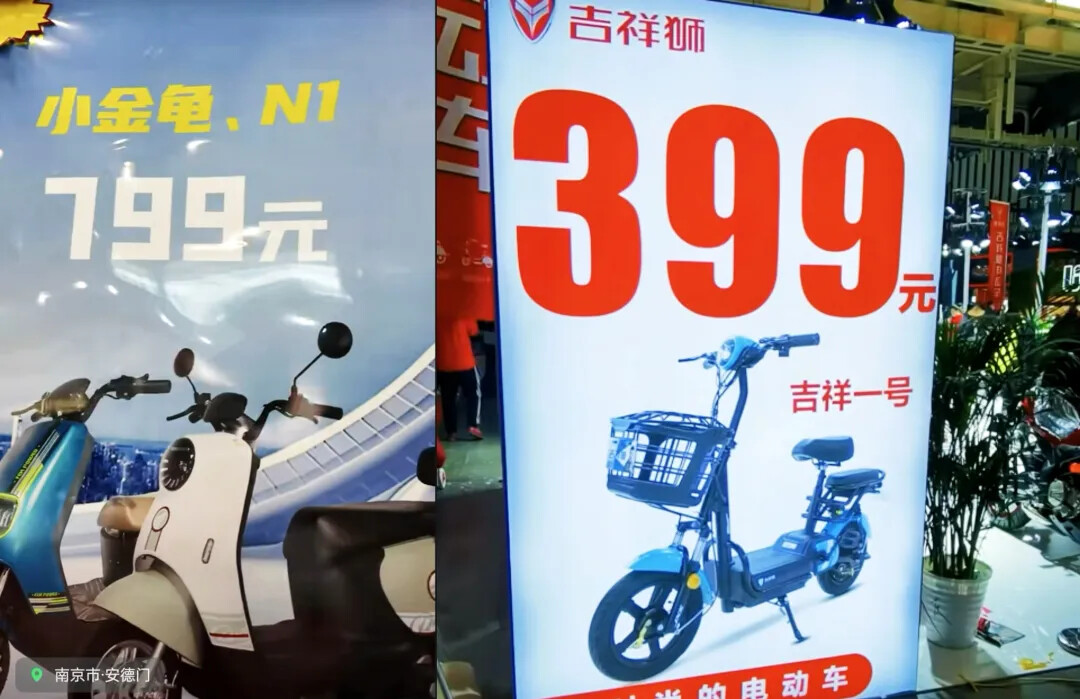
Dare to Buy a Super-Cheap E-Bike? Think Twice.
The price war's gone off the rails. Sure, it's normal to discount older models when new ones come out. But brand-new models selling at rock-bottom prices? That's a red flag.
Trap 1: The Lure of Substandard Batteries
To cut costs, some sellers use low-quality or undersized batteries. These batteries typically have poor range and highly unstable performance, often leading to undercharging, rapid degradation, or outright failure. In more severe cases, refurbished or second-hand batteries are used, these may seem like a bargain, but they pose serious safety risks and drastically reduce the vehicle's reliability and lifespan.
Trap 2: Downgraded Parts to Slash Prices
Reducing product specifications is a common tactic in price wars. For instance, some manufacturers downgrade braking or suspension systems, or use lower-grade frame materials. These cost-saving measures directly compromise the vehicle's handling stability and overall durability.
Trap 3: Vague After-Sales Service Terms
After-sales service is often a gray area overlooked by consumers. In order to cut costs, some sellers deliberately weaken or obscure after-sales policies. When problems arise, consumers may be faced with high repair costs or find themselves with no recourse at all.
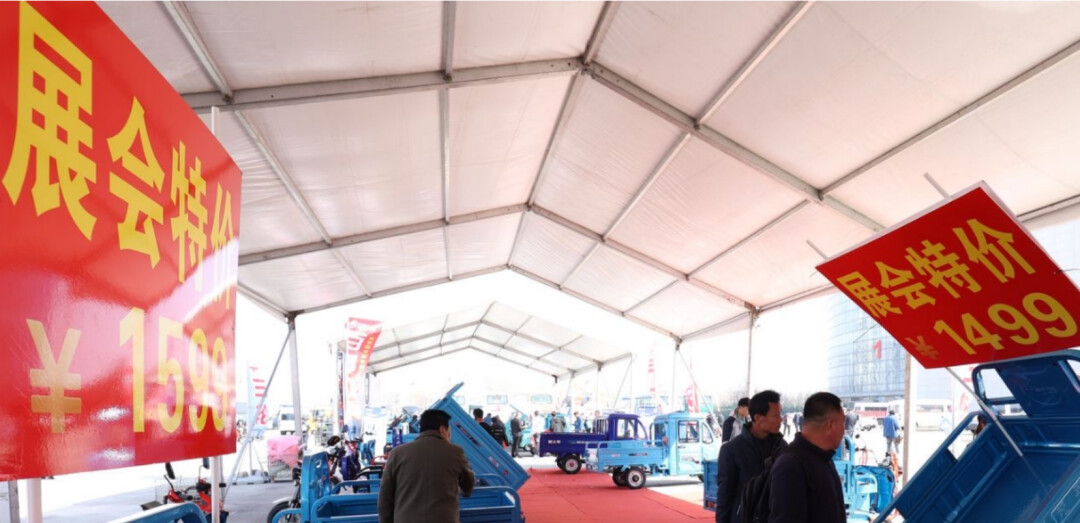
The consequences of extreme low-price strategies go beyond harming the consumer experience and long-term interests. For dealers and distributors, the impact of price-cutting severely compresses their profit margins, in some cases even pushing them into losses. This intensifies operational pressure and disrupts market order, creating widespread instability in the commercial ecosystem.
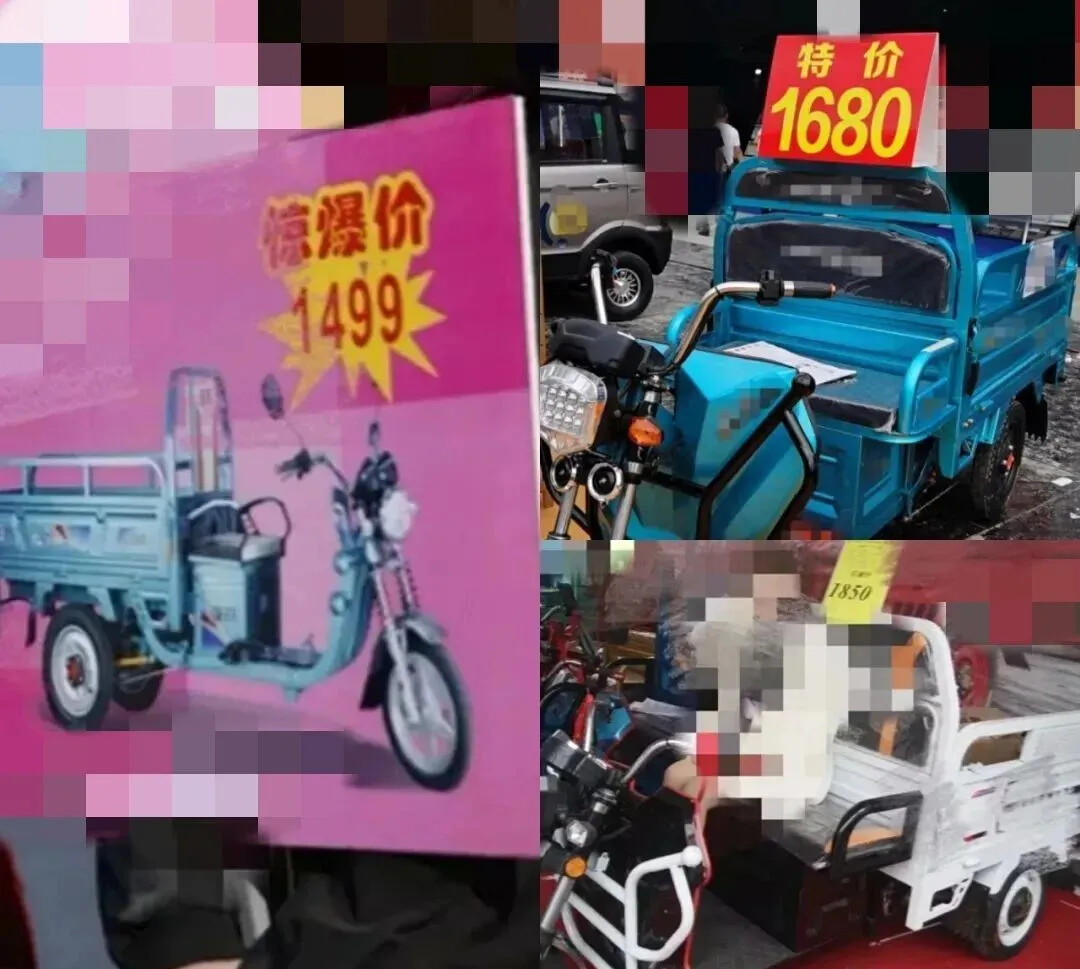
Competing on price is far less sustainable than competing on quality, user experience, and after-sales service.
The current price war in the market reflects a deeper anxiety about transformation. In their rush to seize market share, many enterprises overlook the importance of high-quality development.
China, as the world's largest producer and exporter of motorcycles, once achieved an impressive export value of 1.92 billion yuan in the Vietnamese market. However, that market share was ultimately lost to Japanese brands. Some researchers argue that it was not Japanese motorcycles that defeated Chinese ones, but the darker impulses of human nature.

In order to gain a foothold in the Southeast Asian motorcycle market, Chinese companies have repeatedly engaged in price wars, not only with Japanese manufacturers, but also among themselves.
This disordered price competition has significantly reduced profit margins and further compromised product quality. As a result, Chinese motorcycles are often plagued by high repair rates and frequent minor issues. Many require major overhauls within three years and are scrapped within four to five years.
Such unhealthy competition has failed to yield sustainable market share growth and has instead driven the entire industry into a vicious cycle.
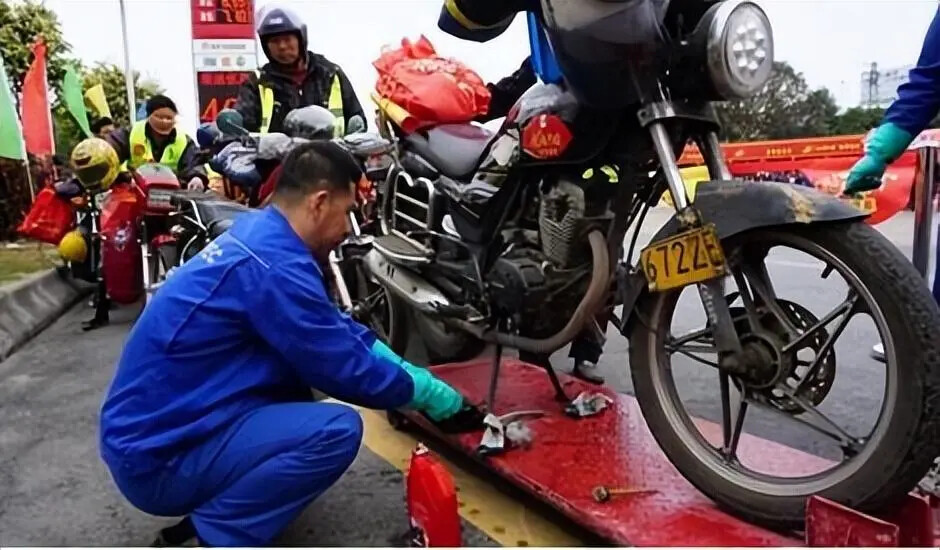
After years of effort, China's market share in the motorcycle industry in Southeast Asian countries has dramatically plummeted from 80% to a mere 1%. Meanwhile, Japan has reclaimed a dominant 90% share. This is not just a loss of market, but also a loss of trust and consumer loyalty.
This painful lesson is a stark reminder that relying solely on price cuts in competition can lead to habitual practices that stray from healthy market dynamics. The true path to growth and strength lies in elevating brands, quality, user experience, and services.
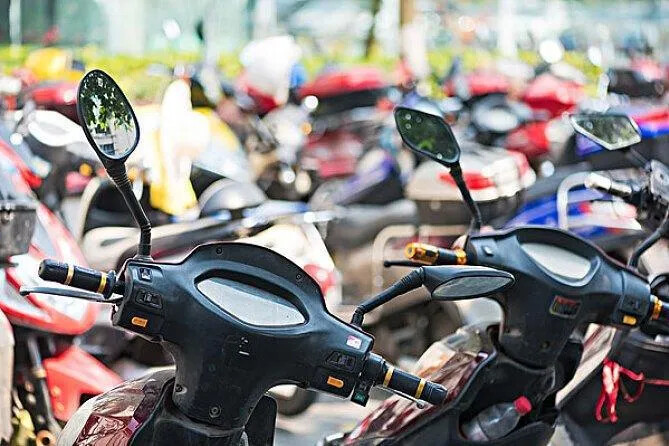
From "Internal Competition" to "External Expansion"
Whether it's competing on price or on value, the supply-demand imbalance in the domestic electric two-wheeler and three-wheeler market has become an undeniable reality. In this context, many companies are turning their attention to overseas markets, hoping to break free from internal competition and transition to "external expansion."
Yadea and Aima have chosen to expand production capacity abroad by establishing research and development bases, factories, and flagship stores in regions such as Vietnam and Indonesia, achieving localization in production, research, and sales. Ninebot and Niu, on the other hand, have opted for channel expansion, partnering with overseas retail chains to broaden product sales channels. Ninebot has also entered mainstream overseas e-commerce platforms like Amazon and eBay, tapping into cross-border e-commerce trade.

Currently, the overseas electric vehicle market indeed offers more expansive opportunities. With the global trend towards "carbon reduction," Southeast Asia is actively promoting the transition from gasoline-powered to electric two-wheelers, while countries in Europe and North America offer subsidies for E-Bikes.
Riding on the wave of export policies, there is hope that the overseas markets, which Chinese motorcycle companies failed to capture more than 20 years ago, will be regained by electric two-wheeler and three-wheeler companies in the future.

